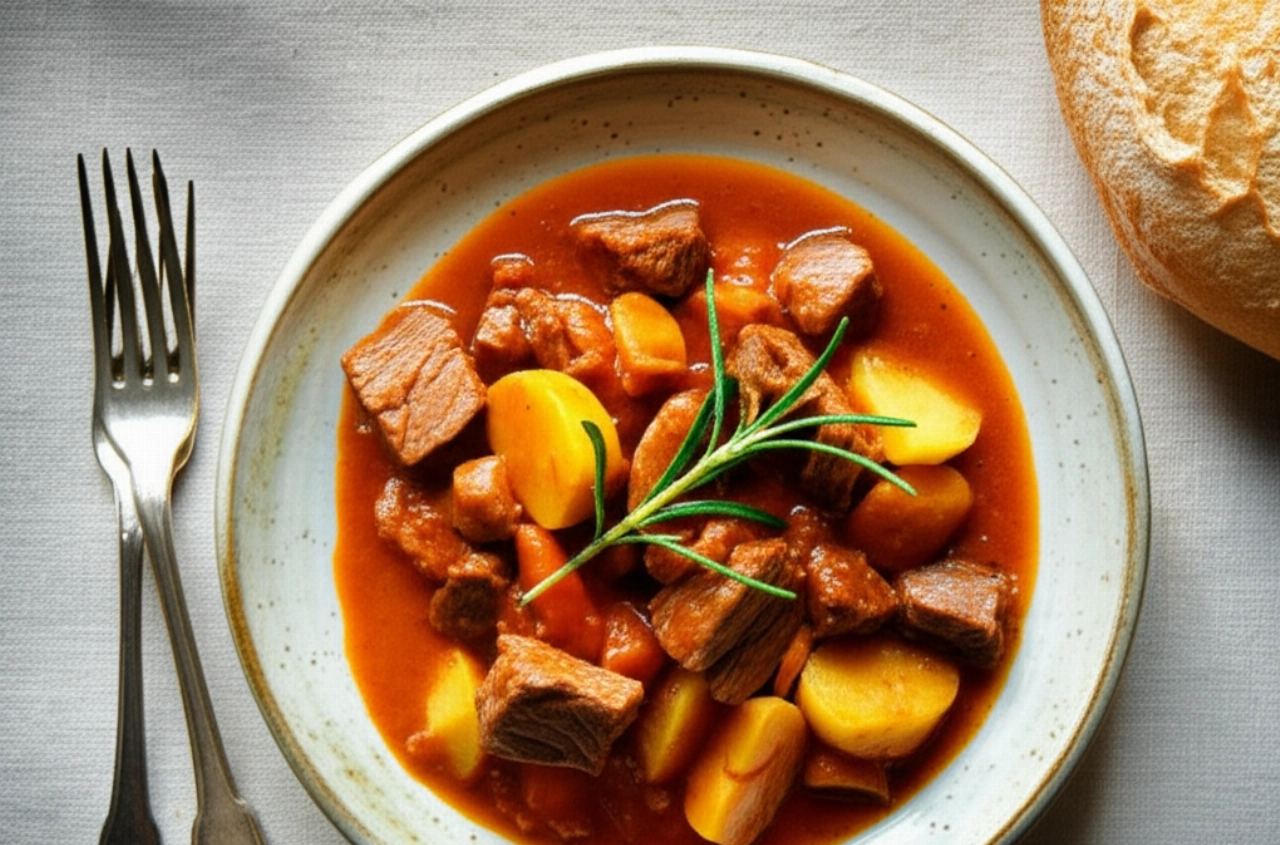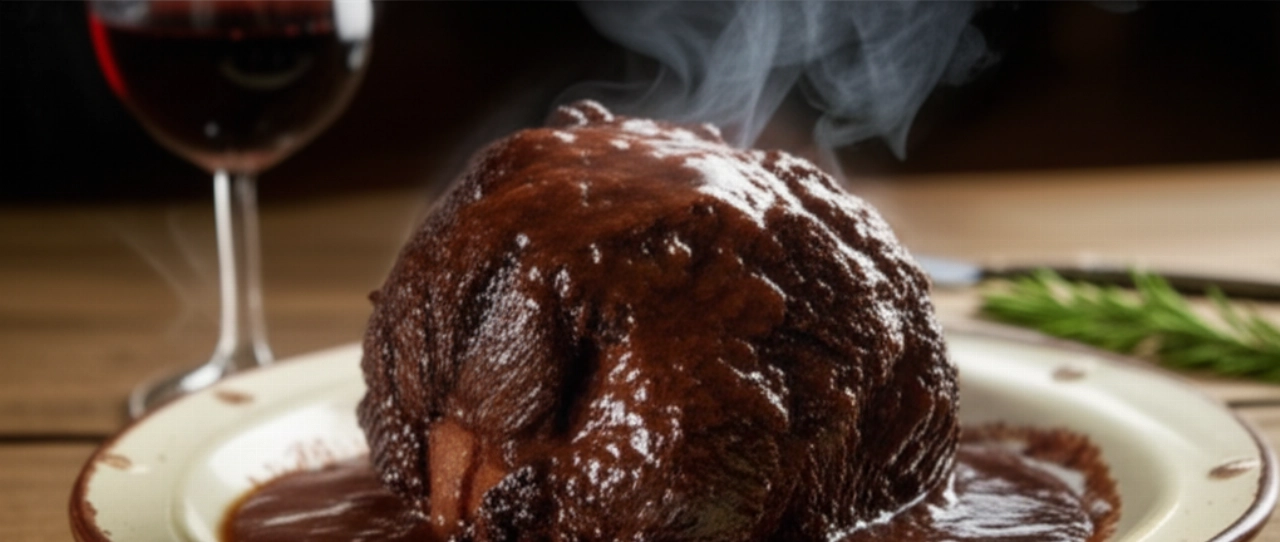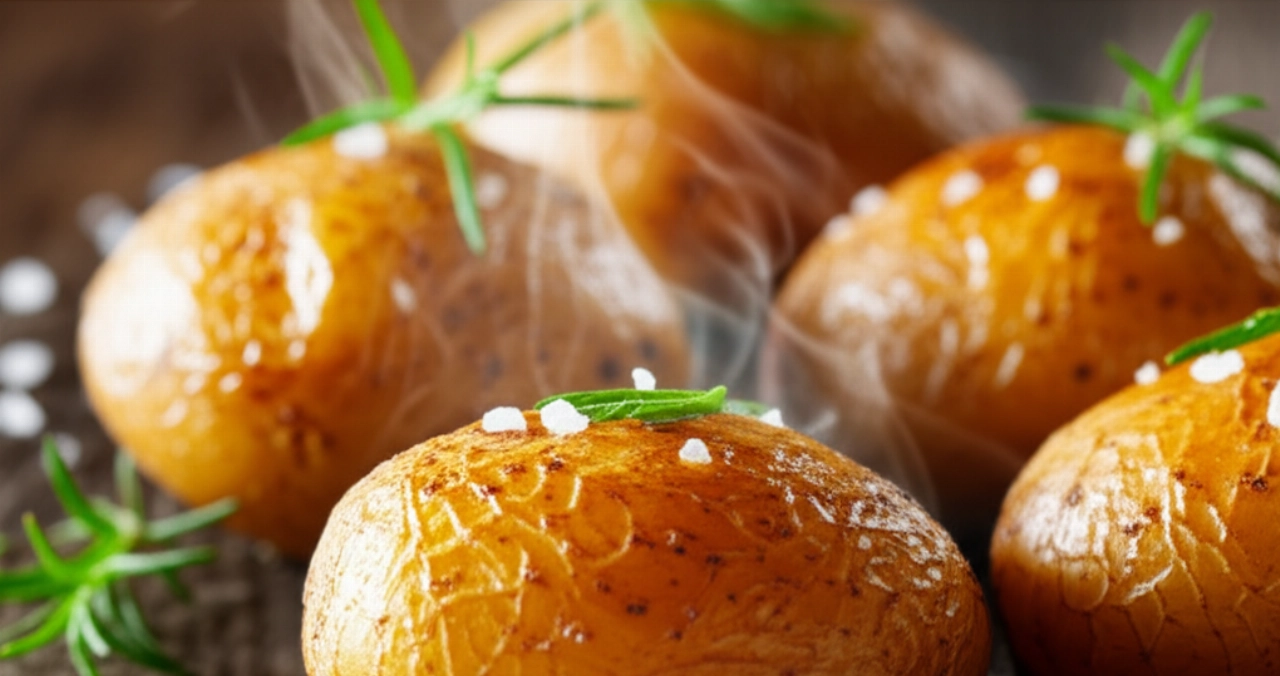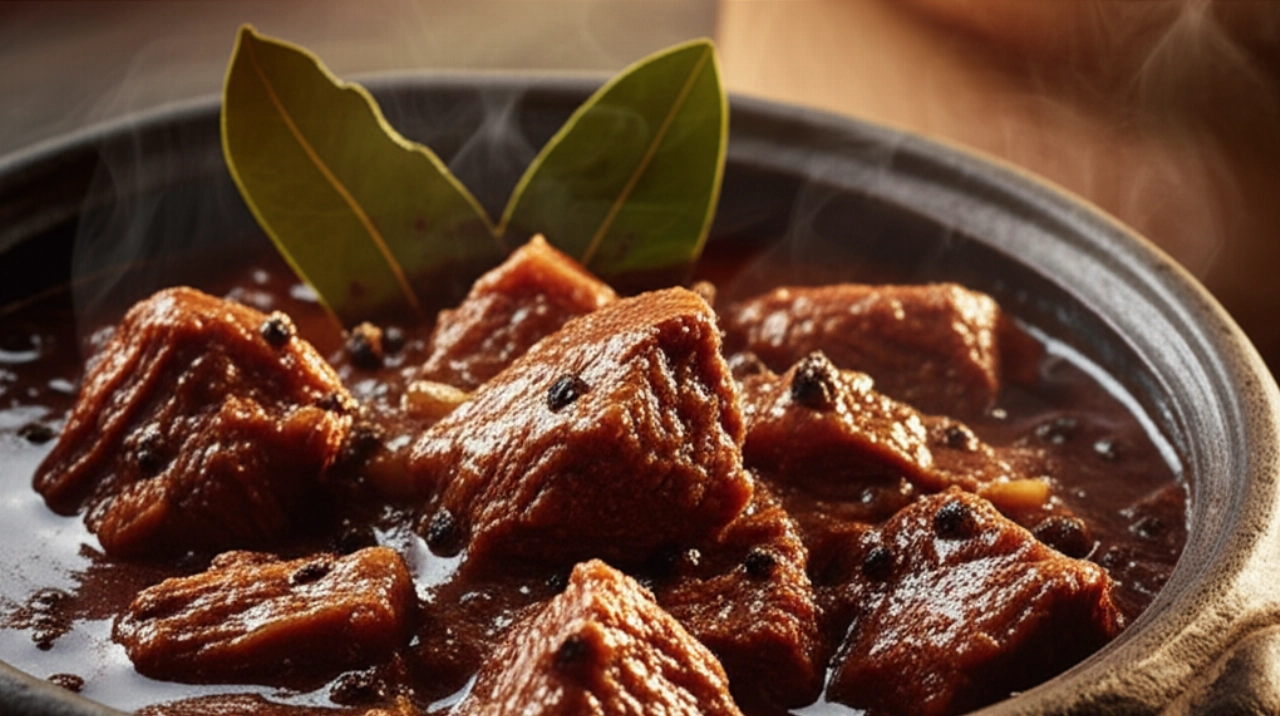Dreaming of serving a stew so tender it melts in your mouth, with a rich, enveloping sauce and potatoes that absorb all the flavor without falling apart? Imagine the aroma filling your kitchen, a truly warm embrace that smells of home and tradition.
But how many times have you ended up with tough meat, mushy potatoes, or a bland sauce? Finding the right recipe, one that guarantees success, can seem like a challenge. The fear of wasting precious ingredients and the worry of disappointing your guests are feelings we know well.
Make yourself comfortable. Here at Search Recipes, your trusted chef grandma is ready to reveal all the secrets. On this page, you won't just find a list of ingredients, but the definitive guide, full of tricks and practical tips, to prepare the best and most tender beef stew with potatoes of your life. No more tough meat and mushy potatoes! I'll guide you step by step to achieve a masterpiece of flavor and texture, where the meat melts in your mouth and the potatoes are tender but not mushy. Success is guaranteed, and applause too!

Smart Ingredients: The Choice That Makes a Difference
For a stew that will make you say "wow," ingredient quality is essential. It's not just about quantity, but the "why" behind each choice. Here's what you need and why:
- Beef (approx. 800g): Choose cuts like shank, chuck roll, or shoulder. These cuts are rich in connective tissue which, with slow cooking, transforms into gelatin, making the meat incredibly soft and juicy. Avoid cuts that are too lean or too fatty.
- Potatoes (approx. 500g): Opt for yellow-fleshed potatoes, such as Desirée or Yukon Gold. They hold their shape well during cooking and absorb the sauce without completely falling apart. Cut them into large, regular pieces.
- Vegetables for soffritto (1 carrot, 1 celery stalk, 1 onion): The sacred trio of Italian cuisine. Finely chopped, they create the aromatic base that will give depth to the sauce.
- Dry red wine (1 glass): A good red wine (e.g., Chianti, Montepulciano) is used to deglaze the cooking fond and add flavor complexity. Do not use sweet or sparkling wines.
- Beef broth (approx. 500-700ml): Broth is the liquid heart of your stew. Prepare a good homemade beef broth or use a good quality one. Avoid bouillon cubes if you can, the flavor won't be the same.
- Tomato paste (1 tablespoon): A small touch that intensifies the color and flavor of the sauce, making it richer and more enveloping.
- Flour (2 tablespoons): Used to lightly flour the meat. This will create an outer crust that seals in the juices and helps thicken the sauce.
- Extra virgin olive oil, salt, pepper, rosemary/bay leaf: Essential for seasoning and flavoring.

3 Common Beef Stew Mistakes (and How to Avoid Them)
Don't worry, we're here to learn together. These are the most common mistakes that can compromise your stew, and I'll explain right away how to avoid them:
- Not browning the meat properly: This is mistake number one! If you don't brown the meat over high heat on all sides, that delicious crust that seals in the juices and creates the flavor base for the sauce won't form. The meat will remain gray and less flavorful. The trick: use a large pan, hot oil, and don't overcrowd the meat. Brown a few pieces at a time.
- Adding potatoes too early: If the potatoes cook for the entire time with the meat, they will completely fall apart, turning your stew into a puree. The trick: potatoes should only be added in the final cooking phase, when the meat is already almost tender.
- Cooking too fast or insufficiently: Stew is a dish that requires patience and love. Cooking too briefly or over too high heat will make the meat tough and rubbery. The trick: Cook over very low heat, covered, for at least 2-3 hours. The meat should literally "melt."

Grandma's Secret: The Magic Touch for an Unforgettable Stew
My grandma, when she made stew, had a little ritual. After browning the meat and deglazing with wine, she would always add a small piece of untreated lemon zest (only the yellow part!) along with the broth. She would let it cook for the first hour, then remove it. This little trick, known to few, gives the sauce a note of freshness and an incredible aroma that balances the richness of the meat, making the dish even more inviting and never cloying. Try it, I assure you it will make a difference!
Let's Prepare Beef Stew with Potatoes Together: The Step-by-Step Guide
Now that you know all the secrets, let's get cooking! Follow each step carefully and you'll see that the result will be impeccable.
- Prepare the meat: Cut the meat into cubes of about 3-4 cm. Dry it very well with paper towels: this is essential for good browning. Lightly flour the meat cubes, shaking off any excess flour.
- Brown the meat: In a large, heavy-bottomed pot (or a cast-iron Dutch oven), heat 3-4 tablespoons of extra virgin olive oil over medium-high heat. When the oil is hot, add the meat (a few pieces at a time to avoid lowering the temperature) and brown on all sides until well golden and a dark crust has formed. This step is crucial for flavor! Set the browned meat aside.
- Prepare the soffritto: In the same pot, add another drizzle of oil if necessary and add the finely chopped carrot, celery, and onion. Sauté over low heat for about 8-10 minutes, until the vegetables are tender and translucent, without burning them.
- Deglaze and tomato paste: Add the tomato paste and toast it for a minute with the vegetables. Then, return the meat to the pot and deglaze with the red wine. Let the alcohol evaporate completely over high heat, scraping the bottom of the pot with a wooden spoon to release all the flavors (this is "deglazing"!).
- Slow cooking: Pour in enough hot beef broth to almost completely cover the meat. Add the rosemary or bay leaf, salt, and pepper. Bring to a boil, then reduce the heat to minimum, cover with a lid, and let it braise for at least 1 and a half hours (or even 2 hours), stirring occasionally. The meat should start to become tender. If using grandma's lemon zest, add it now and remove it after an hour.
- Add the potatoes: Peel the potatoes and cut them into large, regular pieces (about 3-4 cm). Add them to the stew when the meat is already almost cooked and tender. If necessary, add more hot broth to cover the potatoes as well. Continue cooking over low heat, still covered, for another 30-40 minutes, or until the potatoes are tender but not mushy.
- Rest and serve: Taste and adjust salt and pepper. Turn off the heat and let the stew rest for 10-15 minutes before serving. This allows the flavors to meld and the meat to become even juicier. Serve hot, perhaps accompanied by a slice of homemade bread to "mop up" the rich and flavorful sauce.
Tips and FAQs about Beef Stew with Potatoes
Here are some of the questions I get asked most often. I hope they help you!
- What is the best cut of meat for stew?
- Ideal cuts are those rich in connective tissue that melts with slow cooking, such as shank, chuck roll, shoulder, or top round. Ask your butcher for a cut suitable for stew or braising.
- Can I prepare the stew in advance?
- Absolutely, in fact! Stew is one of those dishes that gets better the next day, because the flavors have time to meld perfectly. You can prepare it the day before, let it cool completely, and store it in the refrigerator. When serving, reheat it gently over low heat, adding a little broth if the sauce has thickened too much.
- How can I make the sauce thicker?
- If the sauce seems too thin at the end of cooking, you have several options: you can remove the meat and potatoes and reduce the sauce over high heat for a few minutes, or you can add a teaspoon of cornstarch dissolved in a little cold water, pour it into the boiling sauce, and stir until it thickens. The initial flouring of the meat already helps a lot.
- Why is my meat still tough?
- Tough meat is almost always a symptom of insufficient or too fast cooking. Stew requires time and a very low flame. If the meat is still tough, continue cooking, adding more broth if necessary, until it is very tender. Don't rush!
- Can I freeze the stew?
- Certainly! Stew freezes very well. Let it cool completely, then divide it into portions and put it in airtight freezer-safe containers. It keeps for about 2-3 months. To thaw, transfer it to the refrigerator the night before or heat it directly over low heat in a pot, adding a little broth.
There you have it! Now you no longer just have a recipe, but all the secrets to bring a dish to the table that tastes of home, tradition, and love. A true comfort food that warms the heart and satisfies the palate.
Don't be afraid to experiment. Cooking is an act of creativity and generosity. But start with this solid and foolproof base, and you'll see that applause won't be lacking. Prepare this beef stew and enjoy every bite!
Have you tried our recipe? We're very curious to see your masterpiece! Leave a comment below, tell us how it went, or share a photo on Instagram by tagging @CercaRicette.it. If you loved this rich and flavorful main course, you can't miss our recipe for a perfect side dish like Creamy Mashed Potatoes or another classic of traditional Italian cuisine like Grandma's Meatballs in Sauce.





